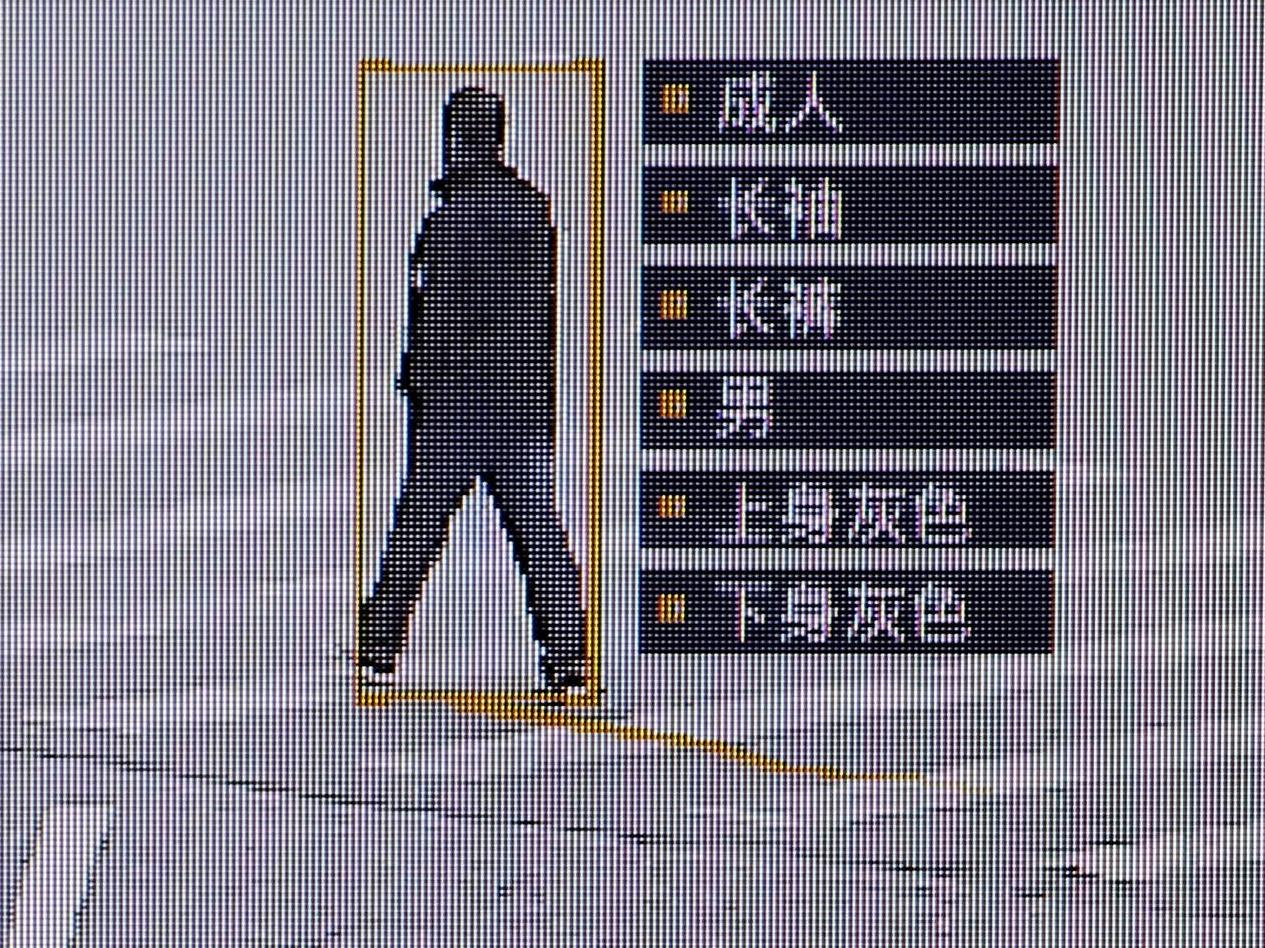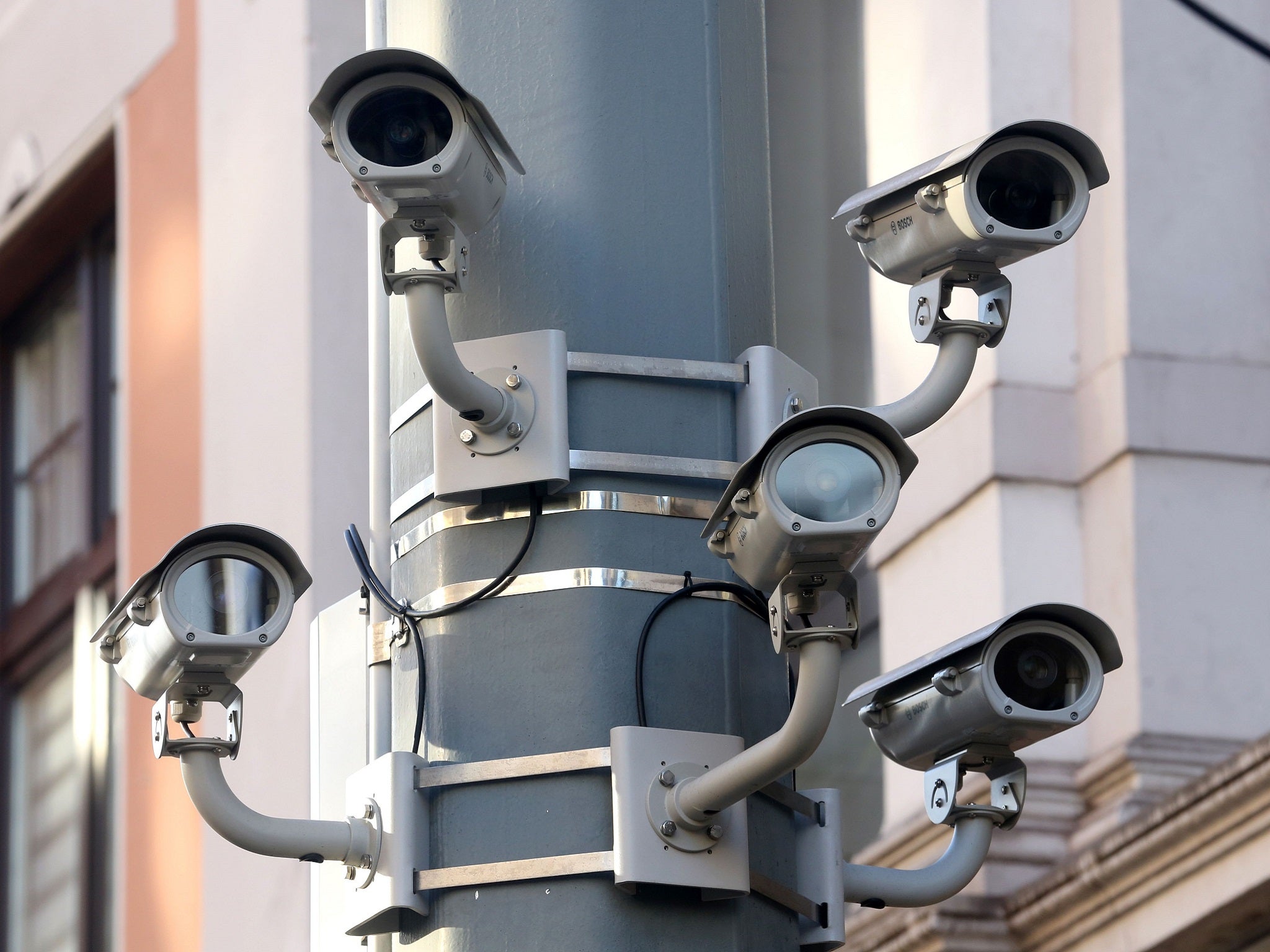Chinese police use surveillance technology to identify people by their walking style
Software still works even if someone's face is covered or if they pretend to have a limp or hunch

Your support helps us to tell the story
From reproductive rights to climate change to Big Tech, The Independent is on the ground when the story is developing. Whether it's investigating the financials of Elon Musk's pro-Trump PAC or producing our latest documentary, 'The A Word', which shines a light on the American women fighting for reproductive rights, we know how important it is to parse out the facts from the messaging.
At such a critical moment in US history, we need reporters on the ground. Your donation allows us to keep sending journalists to speak to both sides of the story.
The Independent is trusted by Americans across the entire political spectrum. And unlike many other quality news outlets, we choose not to lock Americans out of our reporting and analysis with paywalls. We believe quality journalism should be available to everyone, paid for by those who can afford it.
Your support makes all the difference.Police in China using gait recognition technology to identify suspects by the way they walk can now do so in real time.
Officers on the streets of Beijing, Shanghai and Chongqing have been trialling software by artificial intelligence start-up Watrix since October, which can identify individuals from the shape and movement of their silhouette from up to 50 metres away.
The software can be used on footage captured on standard surveillance cameras.
Until now, the footage could only be analysed once it was recorded, which took about 10 minutes to do, however Watrix released an update last week which now allows it to work in real time.
The technology works by analysing thousands of metrics about a person’s walk and storing them in a database.
It still works even if a person’s face is hidden and can’t be fooled by someone pretending to limp or walk with splayed feet or a hunch.
Huang Yongzhen, co-founder and chief executive of Watrix, said the software is about 96 per cent accurate, thereby giving his company a headstart in terms of catching suspects who otherwise could avoid surveillance.
He said compared to facial recognition, which requires someone to look at the camera, “co-operation is not needed” for his company’s technology to successfully recognise people.

Mr Huang told the South China Morning Post that Watrix is currently working with police on criminal investigations, such as tracking suspects from robbery scenes.
He added that the country has more than 300,000 wanted criminals on the loose and his company’s database includes those with a prior gait record.
The company boss also said he had received dozens of inquiries about the technology since the first version was launched.
The start-up is in talks with security companies from Singapore, India, Russia, the Netherlands and Czech Republic for contracts, which can use the gait recognition alongside face scanning for real-time or offline video analysis solutions, according to the South Morning China Post.
Aside from surveillance, gait recognition technology can also be used in nursing homes to alert staff when elderly people have either fallen over or are about to, in smart homes, and in hospitals and physiotherapy.
Watrix raised more than 100 million yuan (£11.3m) to develop its software last October and is now planning to raise another 200 to 300 million yuan.
Join our commenting forum
Join thought-provoking conversations, follow other Independent readers and see their replies
Comments